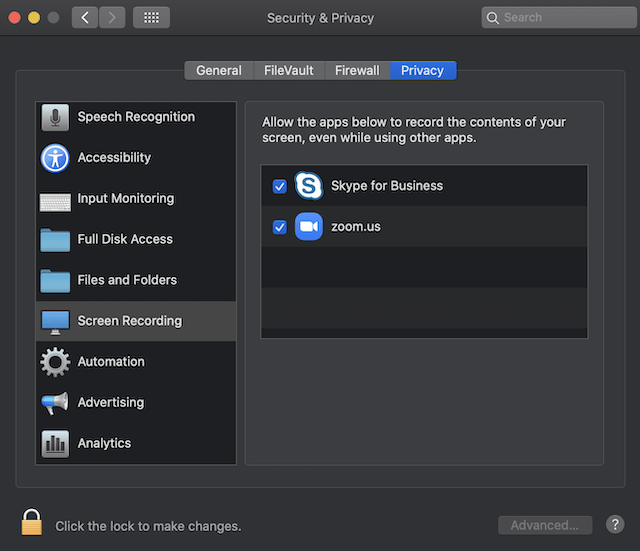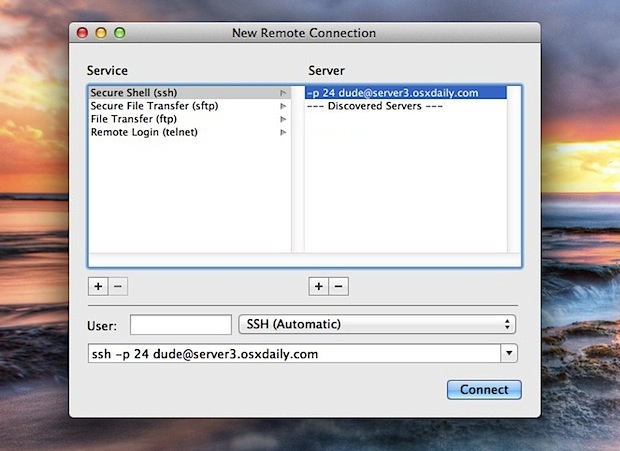02-05-2021
How To Allow An App Access To Mac Terminal

/Volumes is at the root level, not in your home directory. Are you sure you're typing the command exactly as it's written? You can go one level at a time to be sure you're in the right place.
cd /Volumes (should take you to the Volumes directory at the root level)
If you type
cd Volumes (it will look for a Volumes directory relative to your current directory)
So type
cd /Volumes (if your Mac booted, this directory is definitely present!)
cd CNU680 (no leading /. If you get an error message, then this directory is not present)
cd Mac
Those three commands above are the equivalent to cd /Volumes/CNU680/Mac
You can also type
ls /Volumes
to see what directories are located there.
cd /Volumes (should take you to the Volumes directory at the root level)
If you type
cd Volumes (it will look for a Volumes directory relative to your current directory)
So type
cd /Volumes (if your Mac booted, this directory is definitely present!)
cd CNU680 (no leading /. If you get an error message, then this directory is not present)
cd Mac
Those three commands above are the equivalent to cd /Volumes/CNU680/Mac
You can also type
ls /Volumes
to see what directories are located there.

How To Allow An App Access To Mac Terminal Mac
While the Mac is a little more open than iOS - the only way to get third party apps onto your iPhone and iPad is to download them from the iOS App Store - there are still a lot of hoops to jump. I'm deveoping a network management app, and I need help using App Sandboxing. Terminal is essential to the operation of our app, and not using it would render our app useless. It doesn't need to access any files within terminal other than the SSH, Screen and Telnet applications.